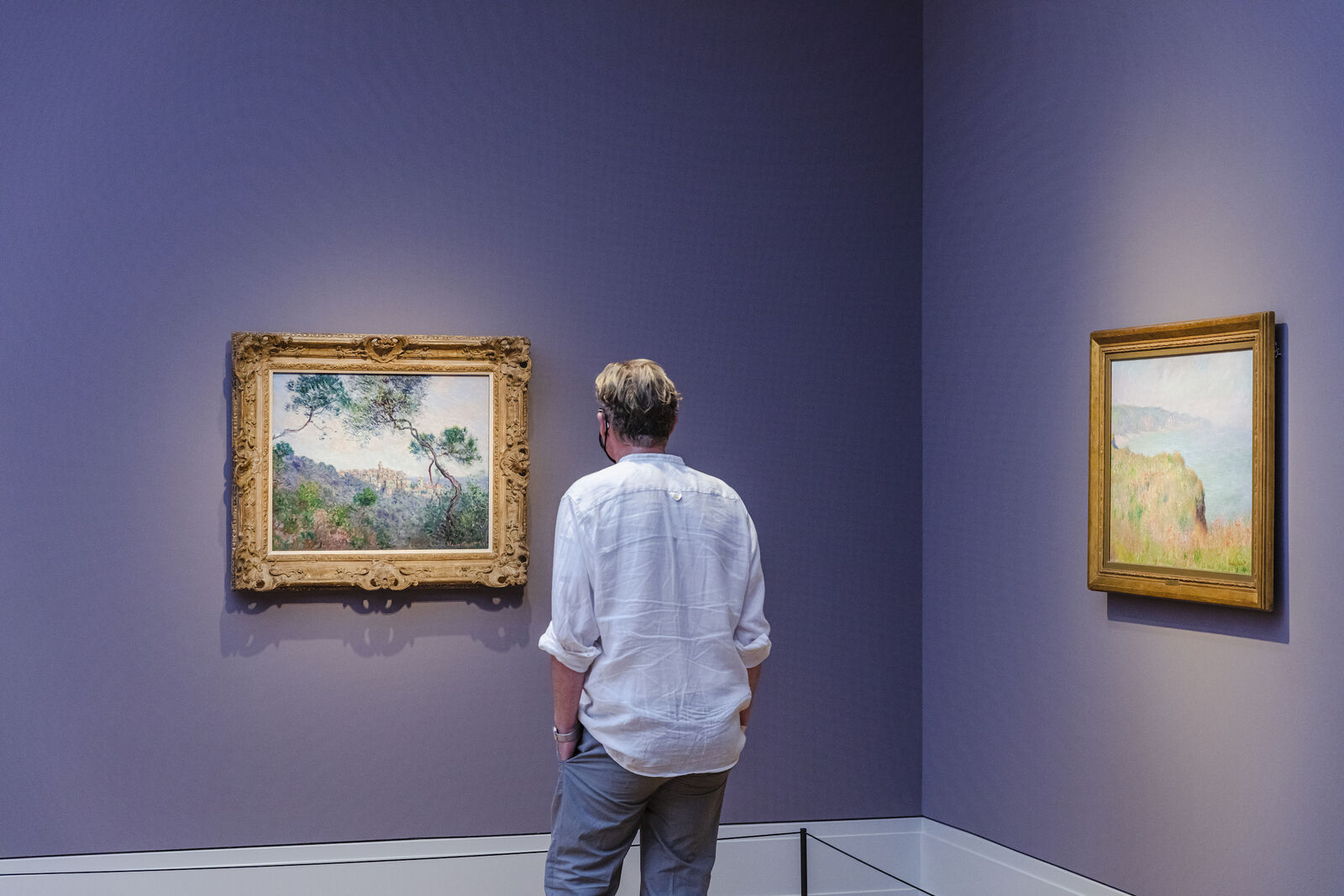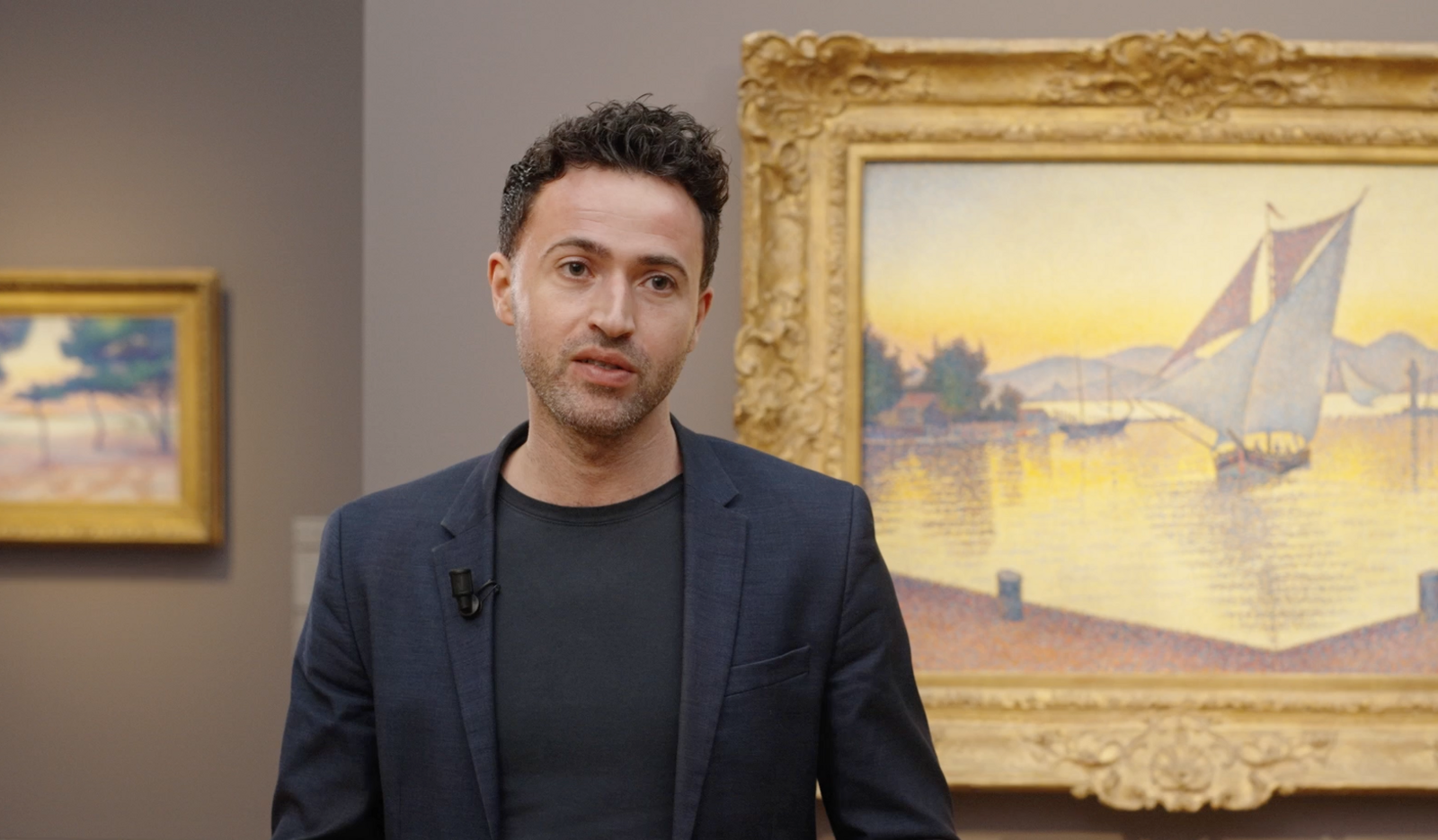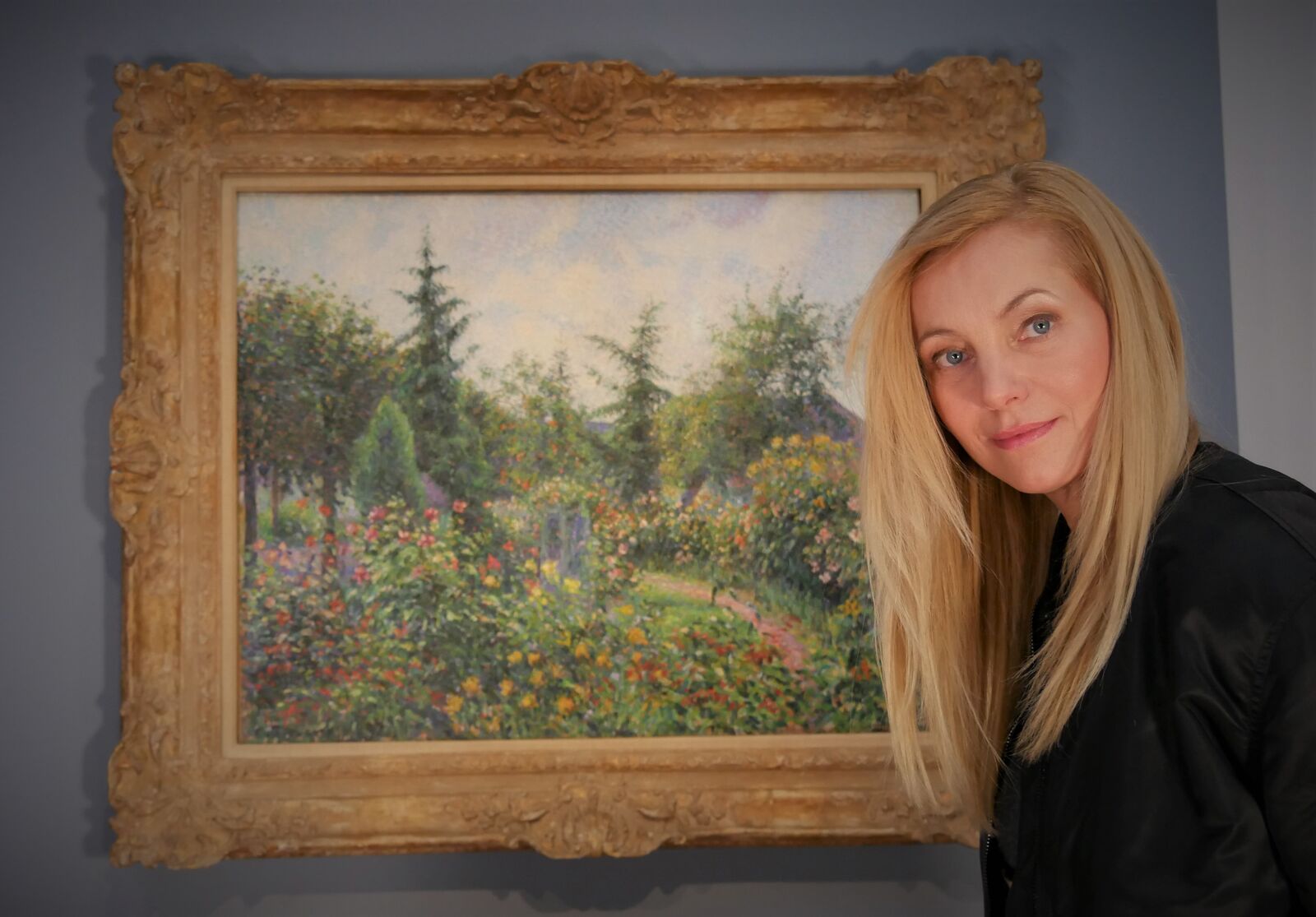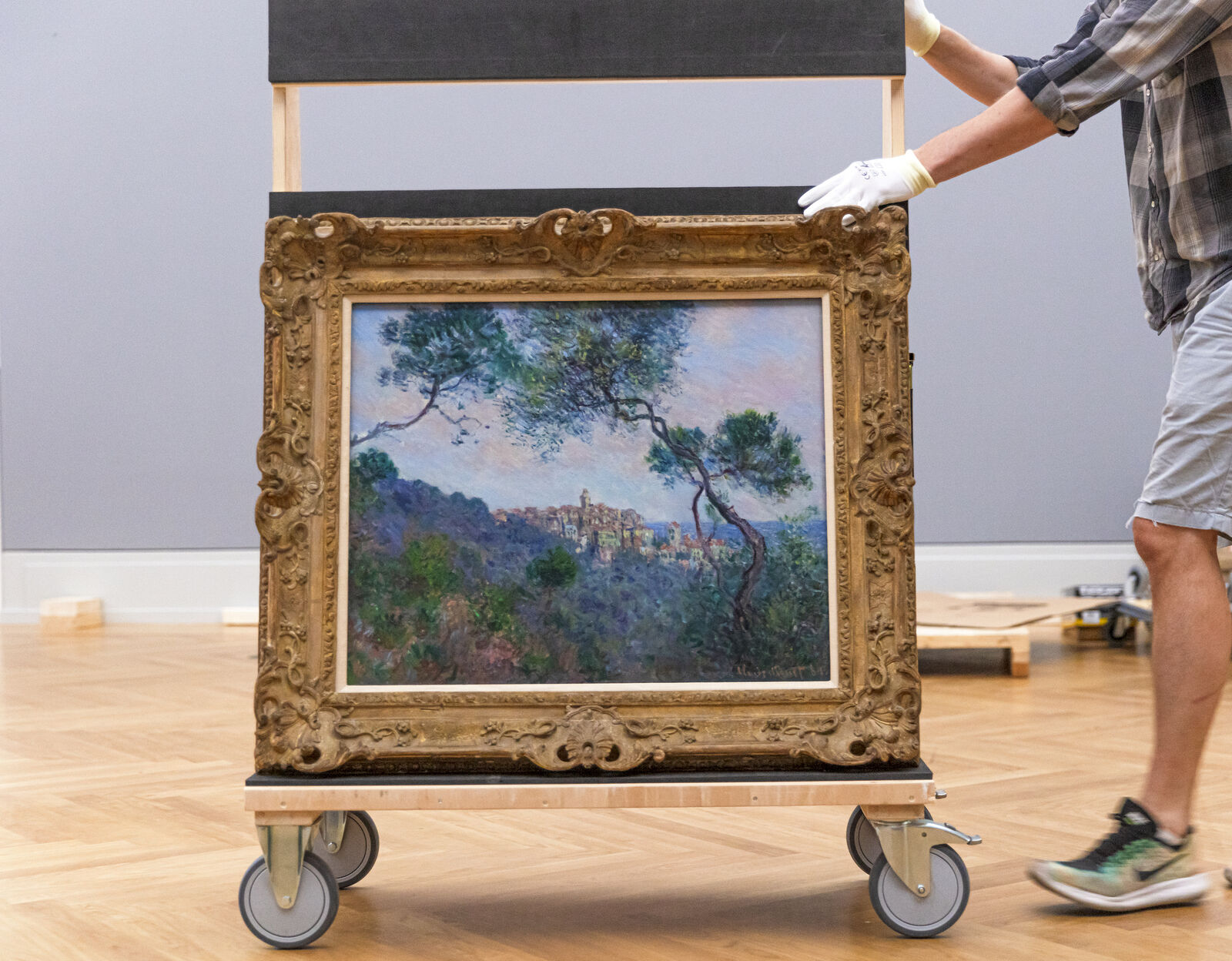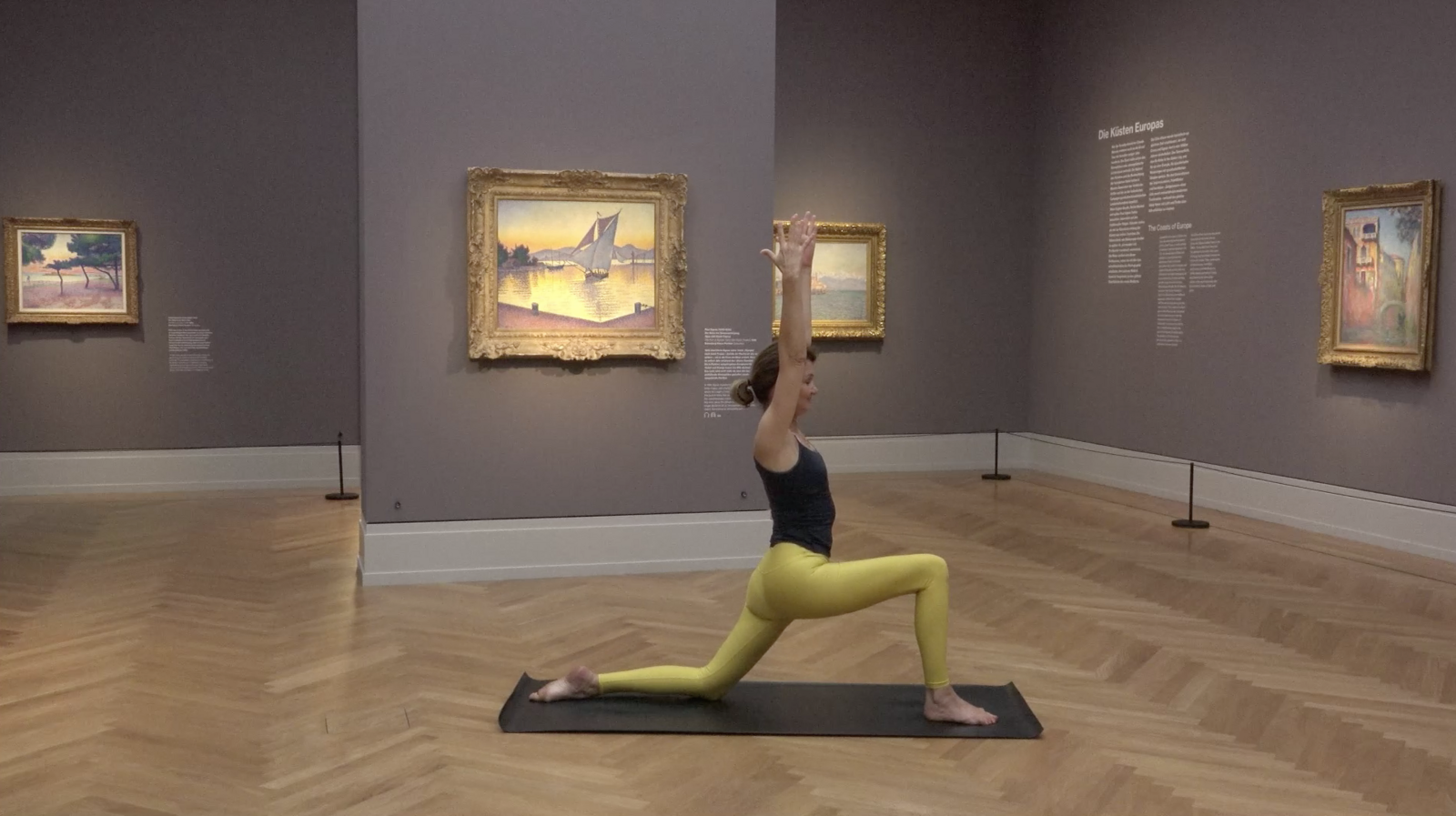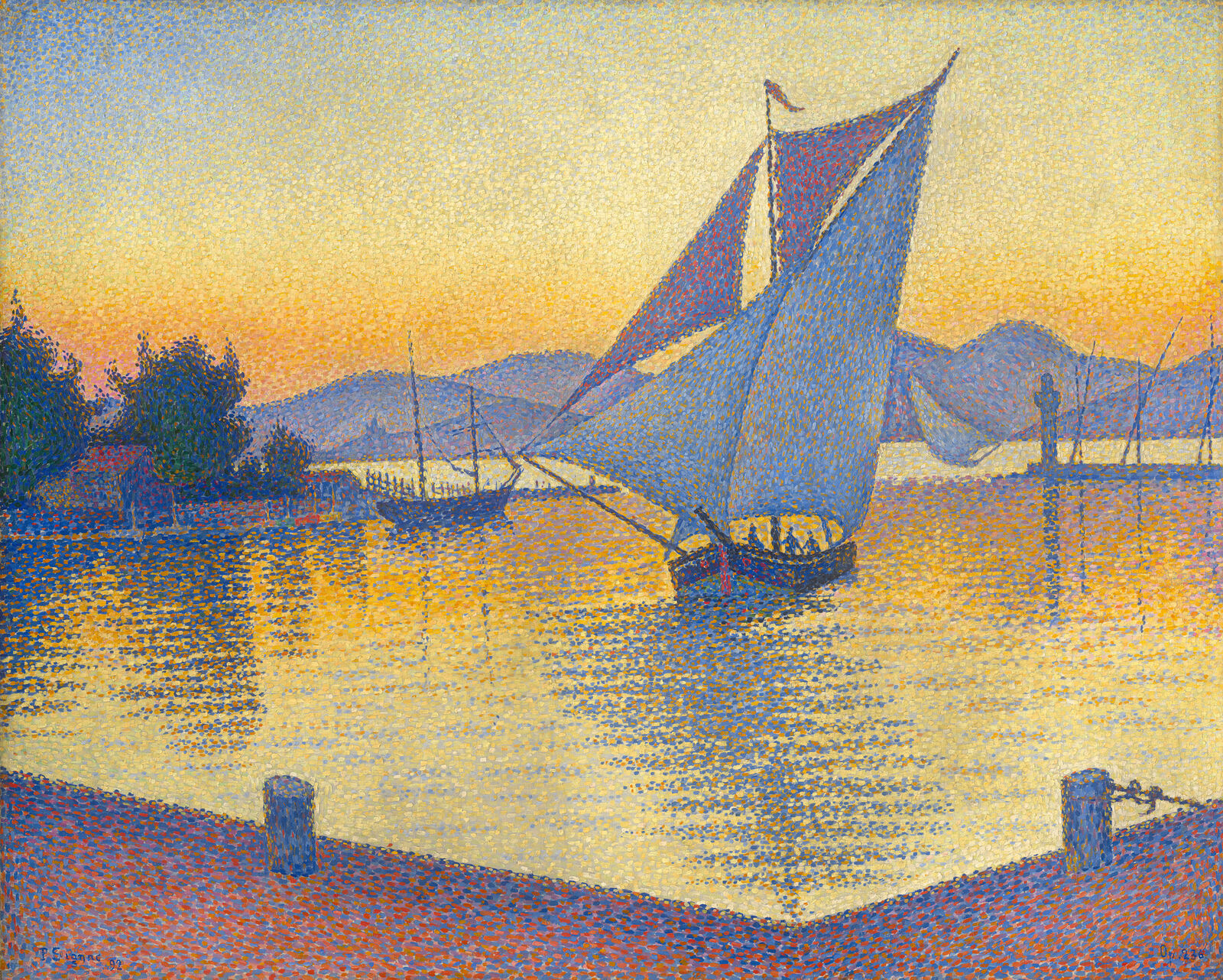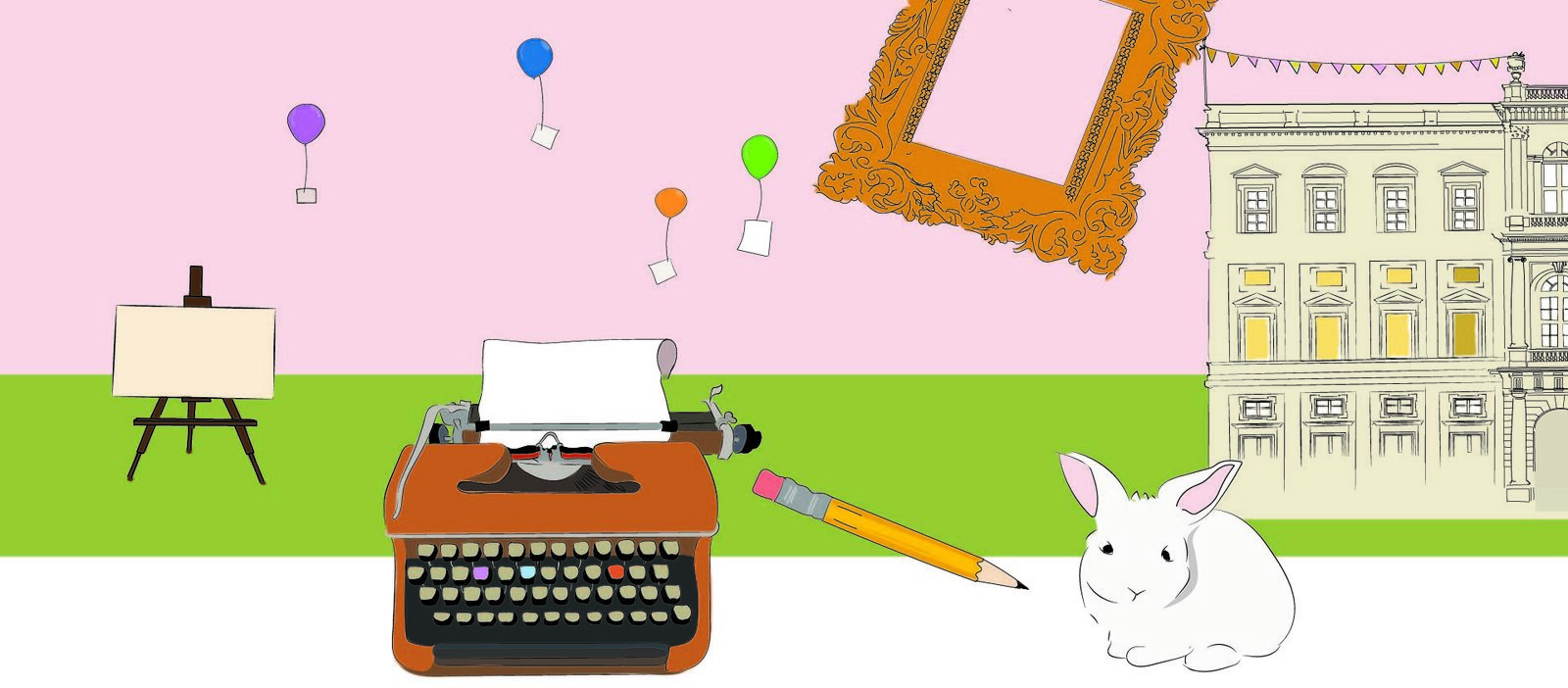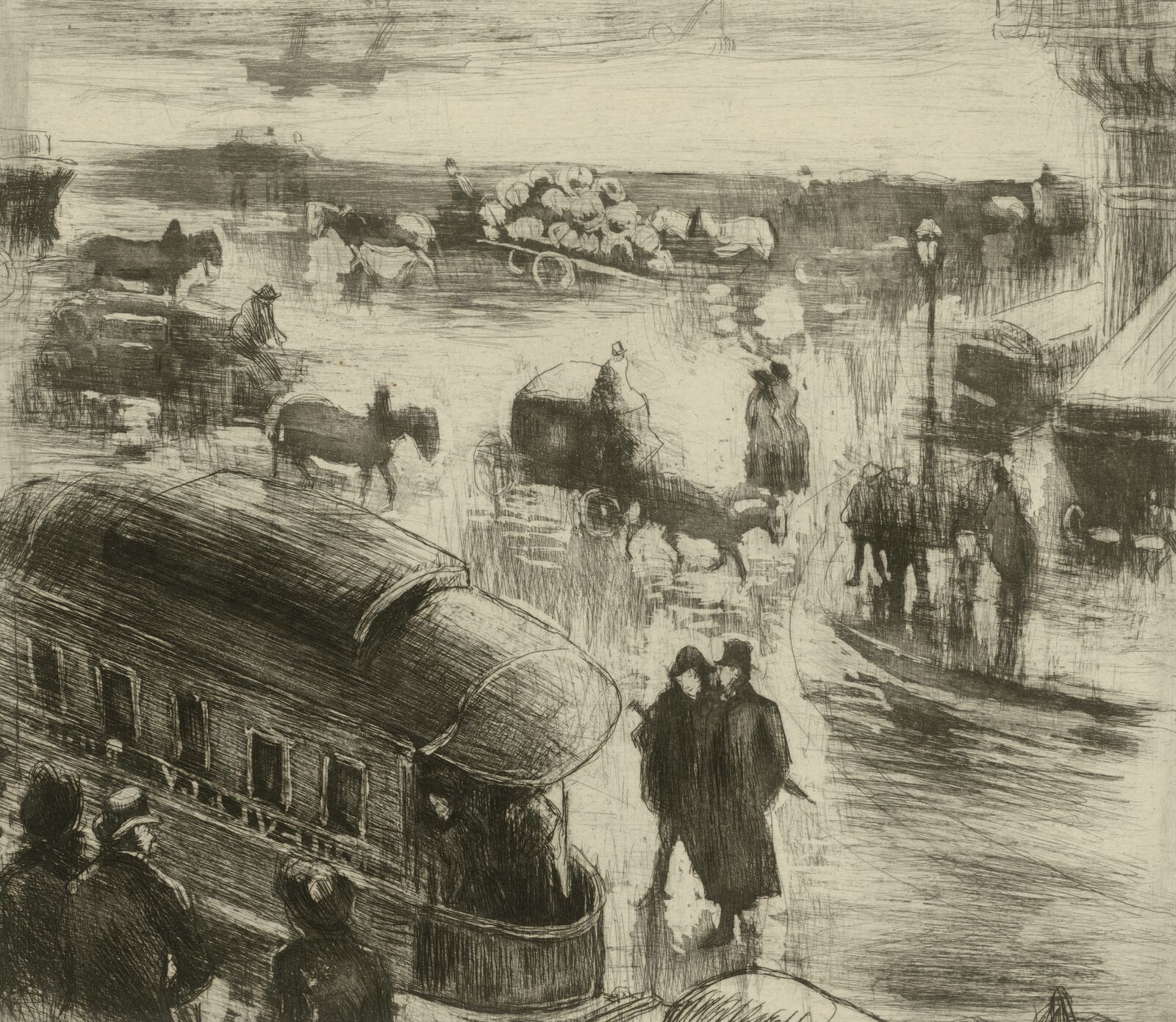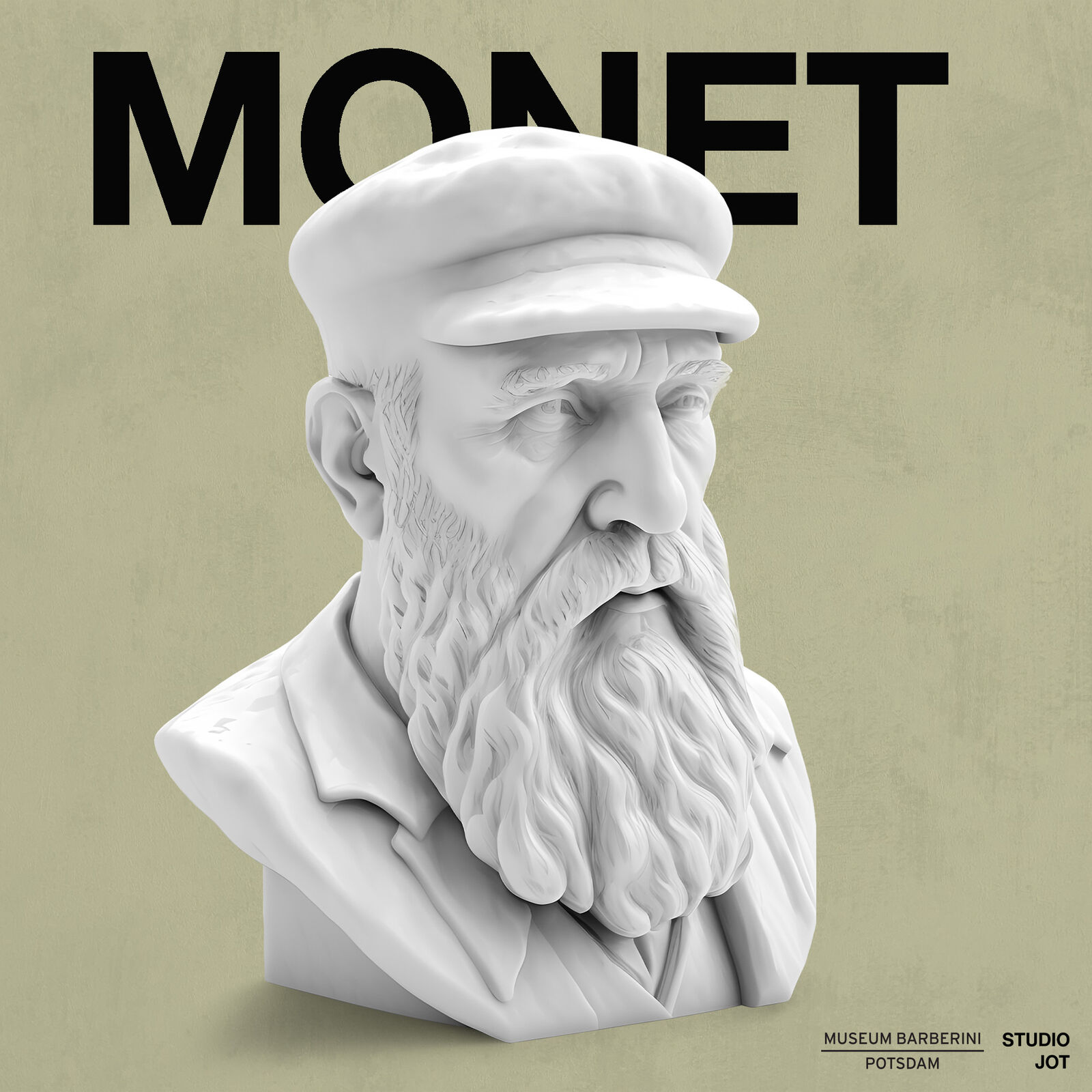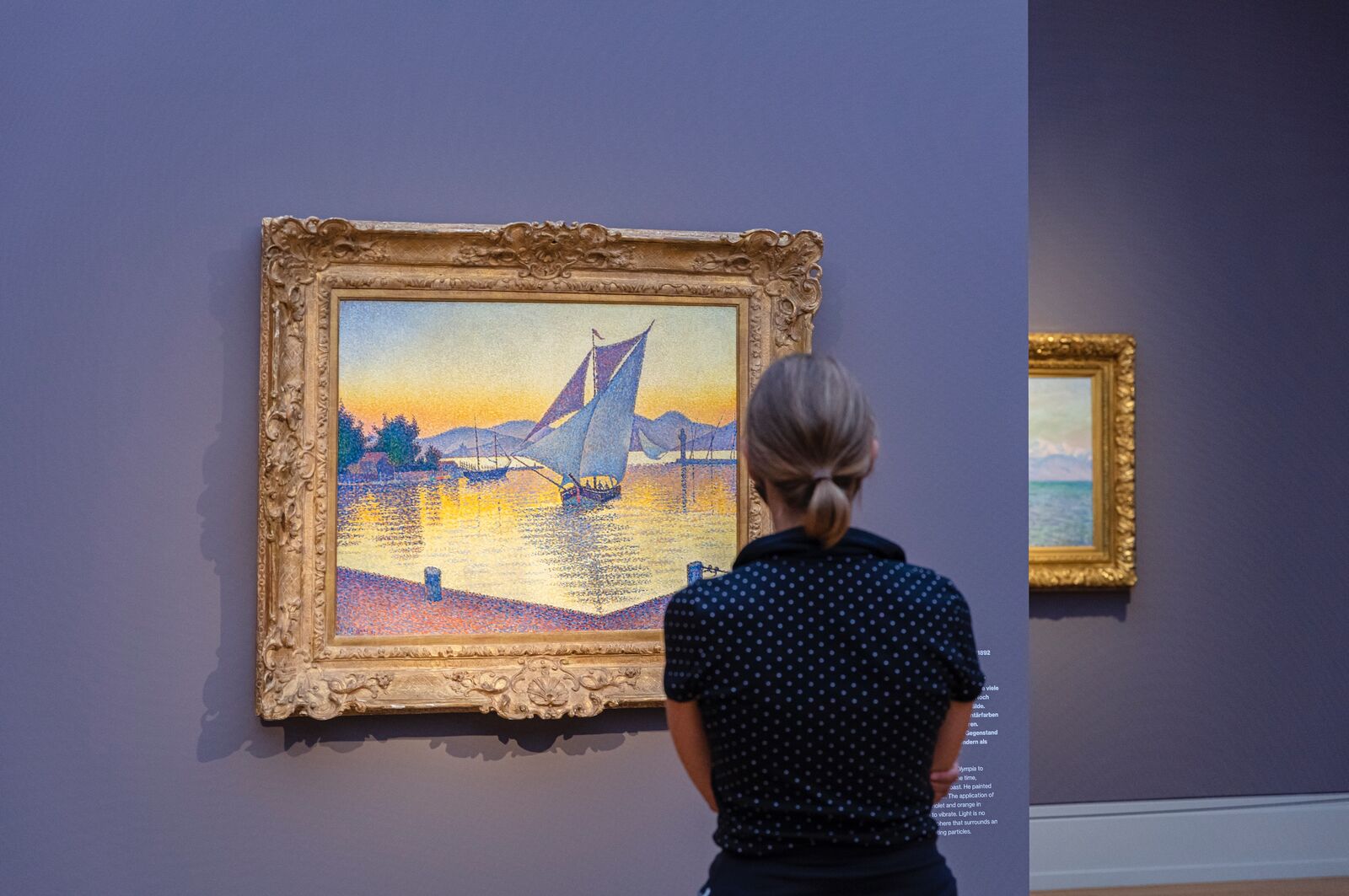
Always on view:
Impressionism: Hasso Plattner Collection
The permanent exhibition at the Museum Barberini in Potsdam presents museum founder Hasso Plattner’s extensive collection of Impressionist and Post-Impressionist paintings. With 115 masterpieces by 23 artists including Claude Monet, Pierre-Auguste Renoir, Berthe Morisot, Alfred Sisley, Camille Pissarro, Henri-Edmond Cross, and Paul Signac, the collection shows French landscape painting in a uniquely coherent and comprehensive way. With 40 paintings by Claude Monet, it is the largest collection of Monet’s work in Europe outside of Paris, making Potsdam one of the most important centers of Impressionist landscape painting worldwide.
From Impressionism to Fauvism
Claude Monet, Camille Pissarro, Pierre-Auguste Renoir, and Alfred Sisley joined forces as an artists’ group in the 1860s. Liberating themselves from the traditional motifs of their time, they revolutionized art with their sun-drenched landscapes. In 1874, they became known as “Impressionists,” working in the open air and capturing fleeting impressions directly on the canvas. Berthe Morisot, Paul Cézanne, and Gustave Caillebotte later joined this new artistic movement, and Paul Signac and Henri-Edmond Cross further developed the Impressionist style with Pointillism in the 1890s. The early twentieth-century Fauves, including Maurice de Vlaminck and André Derain, turned their back on Impressionism and Pointillism in favor of a painting style marked by flat, brilliant colors. The Impressionists, Neo-Impressionists, and Fauves all pursued the same ideal: to evoke the sensory experience of nature through light and color.
You can find explanations about Impressionism in Easy German here.
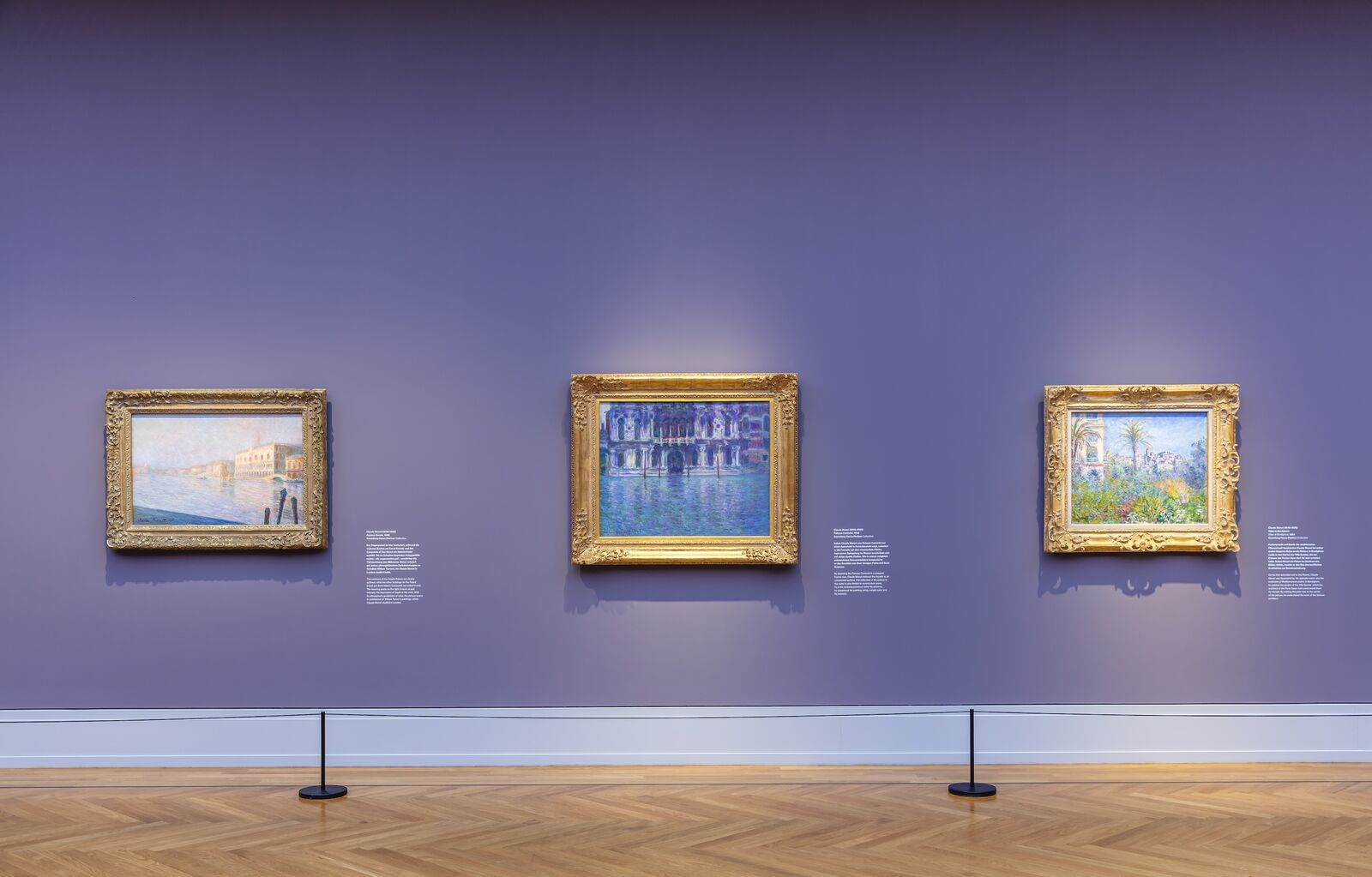
David von Becker
Hasso Plattner, museum founder and patron“As viewers, we are immediately drawn into the paintings. We feel the wind on our skin and the temperature of the water when we look at Monet’s sailboats on the Seine. No other art can do that. The Impressionists are geniuses of communication.”
The Hasso Plattner Collection in the Museum Barberini
French Impressionism has been the focus of museum founder Hasso Plattner’s collecting activities since 2000. In the fall of 2020, about three years after the opening of the Museum Barberini, Hasso Plattner transferred 103 works from his private collection and from the holdings of the Hasso Plattner Foundation to the museum on permanent loan. In 2022 and 2023, ten new acquisitions were added to the collection, including a painting from Claude Monet’s famous series of the Houses of Parliament in London. The collection now comprises 115 masterpieces of Impressionism and Post-Impressionism by 23 artists. With 40 paintings by Claude Monet, the museum holds the largest group of Monet’s works in Europe outside of France, as well as outstanding pieces by Caillebotte, Pissarro, Signac, Sisley, and Vlaminck. Among the best-known paintings in the collection are Caillebotte’s The Argenteuil Bridge and the Seine (ca. 1883), Signac’s The Port at Sunset, Opus 236 (Saint-Tropez) (1892), and Monet’s Grainstacks (1890), The Palazzo Contarini (1908), and Water Lilies (1914–17).
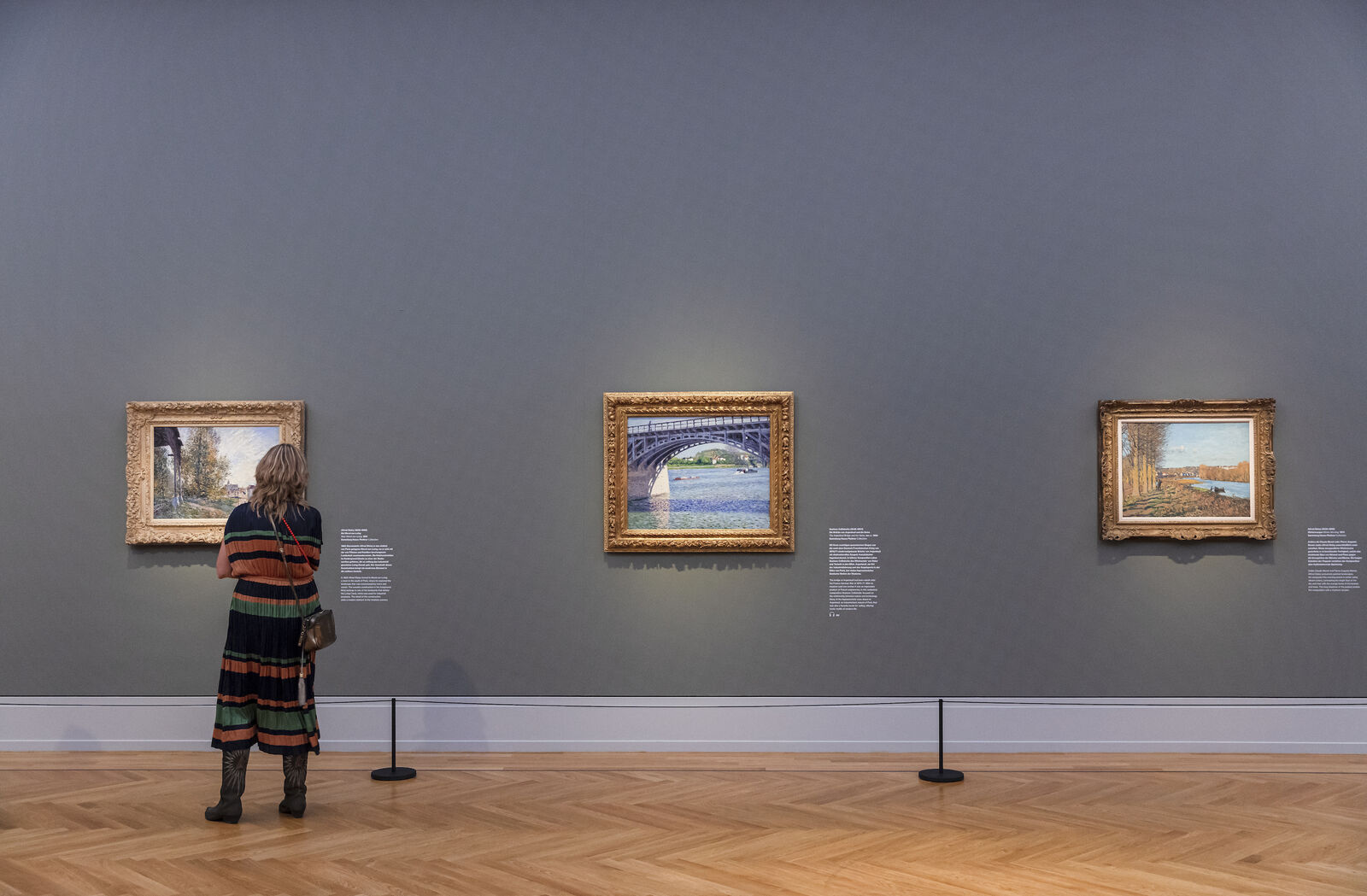
DAvid von Becker

David von Becker
Ortrud Westheider, Director, Museum Barberini“No other collection can show French Impressionist landscape painting so comprehensively and coherently, in terms of both development and iconography. Through our works, visitors can learn not only about the history of this fascinating art movement, but also about the subsequent development of landscape painting by the Neo-Impressionists and Fauvists.”
The collection on view in the Museum Barberini spans the period from the 1850s to the early twentieth century and brings together works by three generations of artists who often worked together, traveled to the same places to paint, and mutually inspired each other. With nine major themes, the permanent exhibition offers the opportunity to trace the development of French landscape painting through the styles of Impressionism, Neo-Impressionism, and Fauvism.
The Barberini Museum not only researches the origins of its works, but also strives to present them in the best possible way. To this end, the curatorial team not only considers the hanging, architecture, wall color, and lighting, but also replaces the frames, usually when an option chosen by the previous owner no longer does justice to the painting in question. The Impressionists usually sold their works only as canvases, so that the frame was chosen by the gallerist or first owner and then often changed. In consultation with framing experts such as Robert Knoell, they discuss which paintings in the collection would benefit from a new frame and consider various options to find an appropriate solution.
View of the exhibition
Over 110 works by 23 artists tell the story of French Impressionism—from its beginnings in the 19th century to its continued development by the Pointillists and Fauves of classic modernism.



